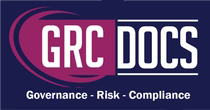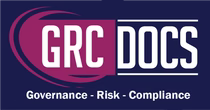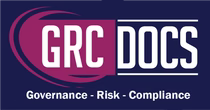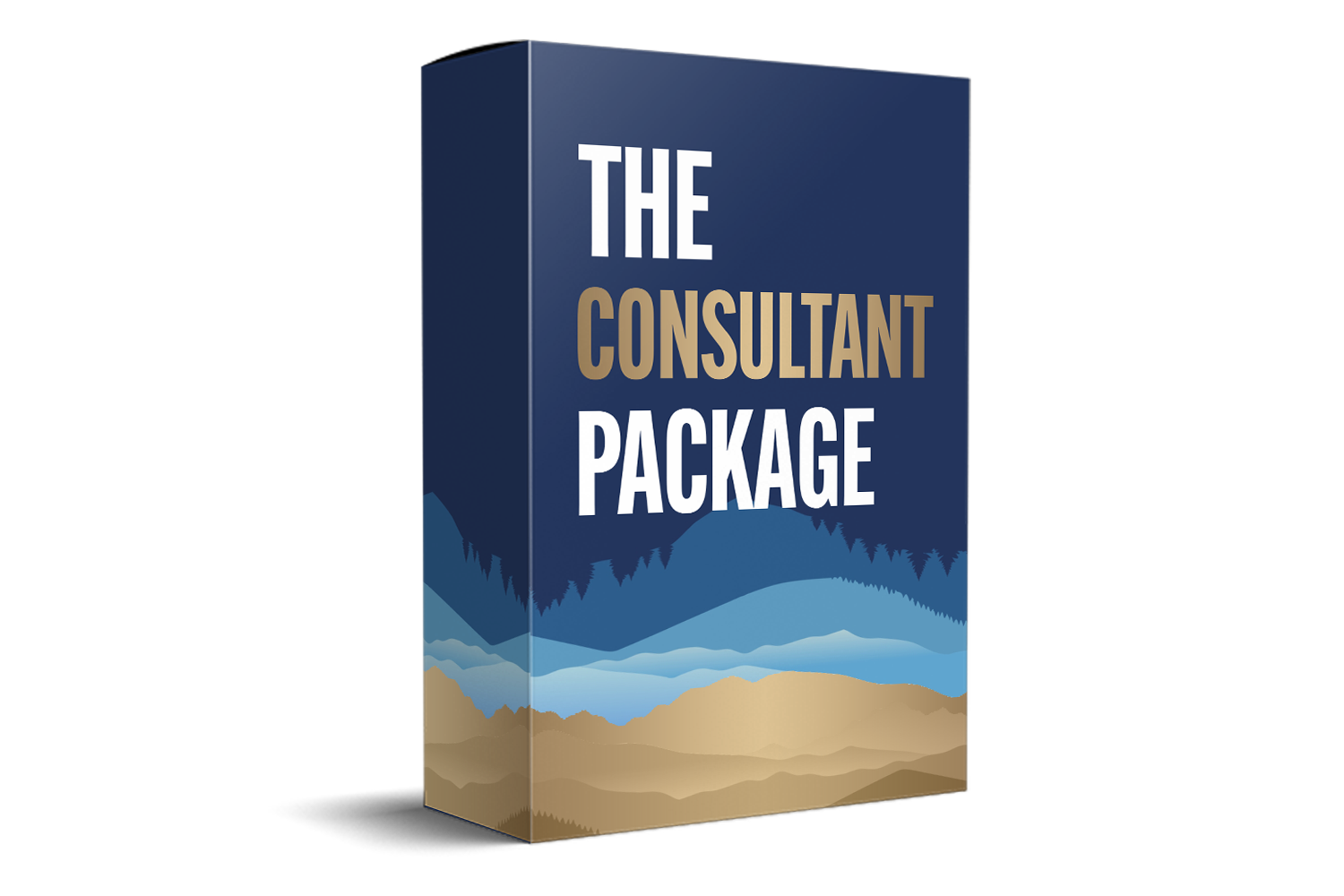SOC 2 Compliance Workflow Automation Streamline Your Audit Process
Introduction
In today's fast-paced digital landscape, businesses face increasing pressure to ensure their operations align with industry standards. With the rise of data breaches and cyber threats, maintaining robust security measures is not only a necessity but a competitive advantage. One such standard that has gained prominence is SOC 2, a framework designed to manage data securely and protect the privacy of your clients. For businesses striving to maintain credibility and trust, SOC 2 compliance is non-negotiable. It serves as a badge of honor, showcasing a company's commitment to data protection and operational transparency. However, achieving and maintaining compliance can be time-consuming and complex, often overwhelming businesses with its rigorous demands. That's where SOC 2 compliance workflow automation comes into play, offering a streamlined approach to meet these standards efficiently.

Understanding SOC 2 Compliance
SOC 2, or Service Organization Control 2, is an auditing procedure that ensures service providers securely manage data to protect the interests and privacy of their clients. This standard is particularly crucial for businesses that handle sensitive information, such as customer data, financial records, or personal identifiers. While SOC 2 compliance is not legally required, it is highly recommended for companies handling sensitive client data, as it demonstrates a commitment to data security and privacy. In an era where data breaches can severely damage a company's reputation and client trust, SOC 2 compliance acts as a proactive measure to safeguard against such risks.
The Five Trust Service Principles
SOC 2 compliance is based on five trust service principles:
-
Security: The system is protected against unauthorized access, ensuring both physical and logical security measures are in place. This involves implementing firewalls, intrusion detection systems, and access controls to protect against cyber threats.
-
Availability: The system is available for operation and use as committed or agreed, ensuring that clients can access their data whenever needed without interruptions. This principle focuses on system uptime, disaster recovery, and network performance.
-
Processing Integrity: System processing is complete, valid, accurate, timely, and authorized, ensuring that data processing is done correctly and without errors. This involves regular audits and validation checks to maintain data quality.
-
Confidentiality: Information designated as confidential is protected, preventing unauthorized disclosure. This includes encryption, access controls, and secure data storage solutions.
-
Privacy: Personal information is collected, used, retained, disclosed, and disposed of in conformity with the commitments in the entity's privacy notice, ensuring compliance with privacy laws and regulations.
Understanding these principles is essential for any organization aiming for SOC 2 compliance. They serve as the foundation upon which the entire compliance framework is built. Automation tools can help businesses streamline the compliance process, ensuring these principles are consistently met. By automating routine tasks, organizations can focus on strategic initiatives, ensuring that compliance becomes an integrated part of their business operations rather than a burdensome obligation.
The Challenges Of SOC 2 Compliance
Achieving SOC 2 compliance involves a thorough and ongoing evaluation of your data handling processes. The journey to compliance is often fraught with challenges, requiring a dedicated effort to align operational practices with the stringent requirements of the SOC 2 framework. Some common challenges businesses face include:
-
Complex Documentation: Organizations must meticulously document their processes and controls, which can be overwhelming. This documentation must be detailed and precise, capturing every aspect of data management to satisfy audit requirements.
-
Continuous Monitoring: SOC 2 requires continuous monitoring and maintenance of systems and processes. This means that organizations must implement ongoing oversight mechanisms to ensure compliance is maintained over time, not just at a single point.
-
Resource Intensive: Without automation, compliance can drain resources, as it requires significant time and manpower. The need for dedicated personnel to manage compliance efforts can divert resources from other critical business functions, impacting overall productivity.
These challenges highlight the need for a strategic approach to SOC 2 compliance, one that leverages technology to reduce the burden on human resources while ensuring adherence to standards.
Benefits Of SOC 2 Compliance Workflow Automation
Automation tools have revolutionized how businesses approach SOC 2 compliance, offering numerous benefits that extend beyond mere compliance. They transform the compliance process into a more manageable, efficient, and integrated business operation.
-
Efficiency and Time Savings: Automation tools streamline the documentation process, reducing the manual effort required to track and manage compliance tasks. This enables businesses to allocate their resources more effectively, focusing on core operations rather than being bogged down by administrative tasks. As a result, teams can focus on more strategic initiatives rather than getting bogged down in paperwork. The time saved through automation can be redirected towards innovation and growth, providing a competitive edge.
-
Improved Accuracy: Manual processes are prone to errors, which can lead to compliance gaps. Inaccurate data or missed steps can result in compliance failures, potentially leading to financial penalties or reputational damage. Automation tools reduce human error by providing consistent data collection and reporting methods. By eliminating the variability of manual processes, businesses can ensure that their compliance efforts are both accurate and reliable, reducing the risk of errors and omissions.
-
Real-Time Monitoring: With automation, businesses can monitor compliance in real-time, quickly identifying and addressing potential issues before they become significant problems. This proactive approach allows for immediate remediation of any compliance concerns, minimizing potential disruptions. Real-time monitoring also provides greater visibility into compliance status, enabling more informed decision-making and strategic planning.
- Cost-Effective: While there is an upfront investment in automation tools, the long-term savings on labor and the potential costs of non-compliance make it a worthwhile investment. Automation reduces the need for extensive manual oversight, allowing businesses to operate more efficiently. Moreover, the cost savings from avoiding compliance breaches, which can include fines, legal fees, and reputational damage, further justify the investment in automation tools.
Choosing The Right Automation Tools
Selecting the right automation tools is crucial for effective SOC 2 compliance management. The right tool can make the difference between a seamless compliance process and one fraught with challenges and inefficiencies. Here are some features to look for:
-
Integration Capabilities: Ensure the tool can integrate seamlessly with your existing systems and software. This ensures data flows smoothly between platforms, minimizing disruptions. Integration capabilities also enhance the tool's functionality, allowing it to work within your existing IT ecosystem without requiring significant changes to your current processes.
-
User-Friendly Interface: The tool should be easy to use, even for team members who may not have a technical background. A user-friendly interface encourages adoption across the organization, ensuring that all relevant stakeholders can engage with the tool effectively. An intuitive design minimizes the learning curve, allowing teams to focus on compliance rather than navigating complex software.
-
Customization Options: Every organization is different, so it's essential to choose a tool that allows for customization to fit your specific compliance needs. Customization ensures that the tool can be tailored to address the unique challenges and requirements of your business, providing a more effective compliance solution. This flexibility allows businesses to adapt the tool to their specific industry requirements, ensuring compliance across diverse operational contexts.
- Robust Reporting: Comprehensive reporting features allow you to generate detailed reports quickly, providing insights into your compliance status and helping with audits. Robust reporting capabilities ensure that businesses can demonstrate compliance to auditors and stakeholders with confidence, providing transparency and accountability.
Steps To Automate SOC 2 Compliance
Implementing SOC 2 compliance workflow automation involves several key steps, each designed to ensure a smooth transition from manual processes to an automated compliance framework.
-
Assess Your Current Compliance Status: Before automating, conduct a thorough assessment of your current compliance status. Identify gaps and areas that need improvement. This initial assessment provides a baseline from which to measure progress and ensures that automation efforts are focused on the most critical areas.
-
Choose the Right Tools: Based on your assessment, select automation tools that align with your organization's needs and goals. Consider factors such as scalability, integration capabilities, and user-friendliness to ensure the tool will support your long-term compliance objectives. Selecting the right tools is crucial for maximizing the benefits of automation and ensuring a smooth implementation process.
-
Train Your Team: Ensure your team is well-trained on the new tools and understands the automation process. This will help with adoption and ensure everyone is on the same page. Comprehensive training programs are essential for empowering employees to leverage the full capabilities of the automation tools, fostering a culture of compliance throughout the organization.
-
Implement and Test: Roll out the automation tools and conduct tests to ensure they are functioning as expected. Make adjustments as necessary to optimize performance. This phase is crucial for identifying any issues early on and ensuring that the tools are configured correctly to support your compliance efforts.
- Monitor and Maintain: Automation is not a set-it-and-forget-it solution. Continuously monitor your systems and processes to ensure ongoing compliance with SOC 2 standards. Regular reviews and updates to the automation tools and processes are necessary to adapt to changes in compliance requirements or business operations.
Conclusion
SOC 2 compliance workflow automation is an invaluable asset for organizations seeking to protect client data and maintain trust. By leveraging the right automation tools, businesses can streamline their compliance processes, improve accuracy, and save time and resources. The efficiencies gained through automation not only enhance compliance efforts but also contribute to overall business performance, providing a strategic advantage. As the digital landscape continues to evolve, adopting automation for SOC 2 compliance will ensure your organization remains competitive and trustworthy in the eyes of your clients.






